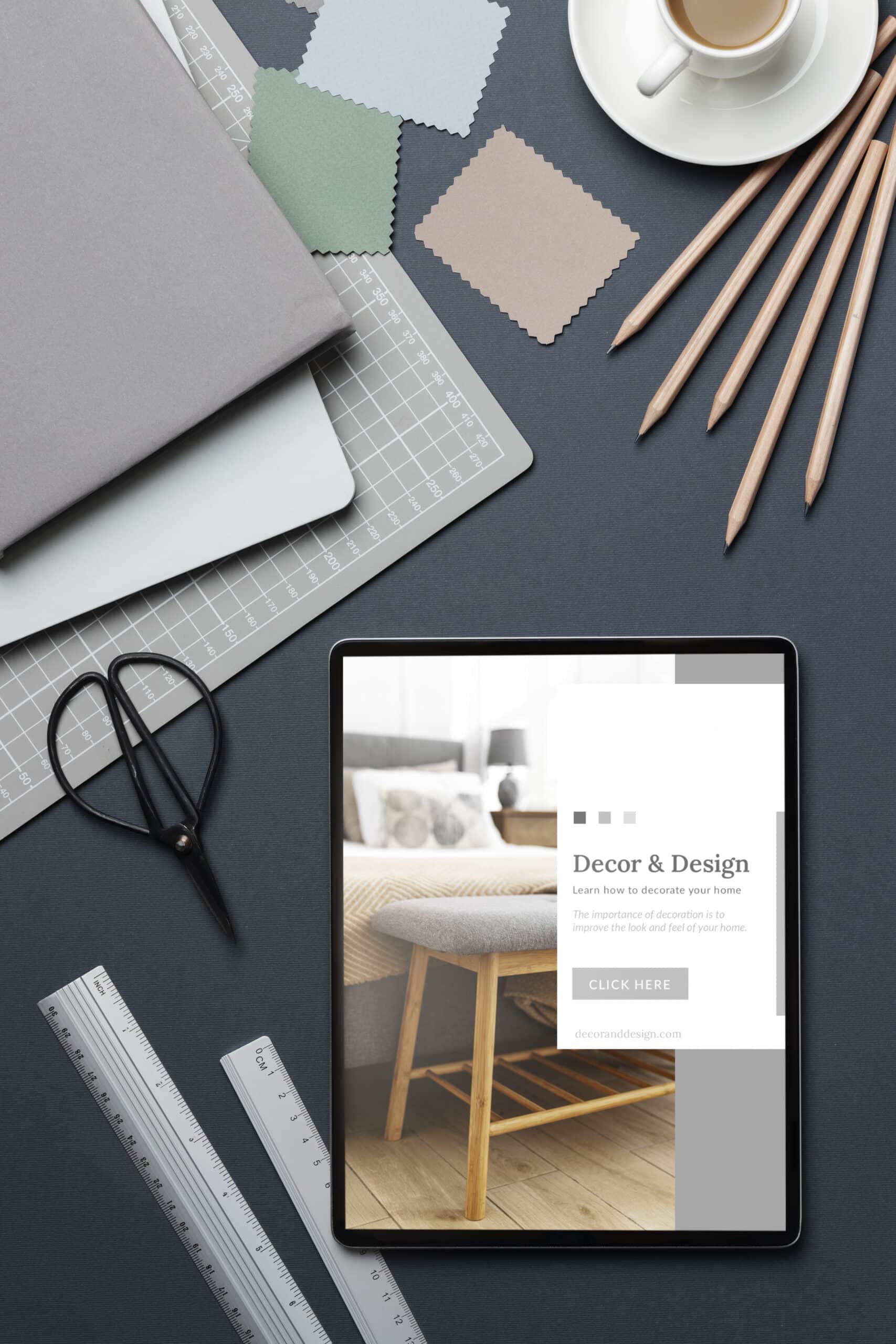Our exhibitor, Beyond the Book is a specialist recruiter for the Creative, Digital, PR & Marketing industry, placing talented people on both a permanent and freelance basis.
Here in their blog, Creative Development Director Emma Head advises on top portfolio tips for candidates:
The size of your portfolio
“The first question we’re addressing is about the size of your portfolio. After 24 years as a creative recruiter, the number one question I get asked is: “How big should my portfolio be?” The simple answer is that there is no magic number.
It depends on how senior you are and how long you’ve been working as a creative. Generally speaking, you want to include around 10 to 20 projects in your portfolio. If you can keep that within 25 to 30 pages, it allows the viewer to get a good sense of your abilities without being overwhelmed. Some portfolios we see are 90 or 100 pages long, which is too much for most people to take in.
So, size-wise, try to condense it while ensuring there’s enough variety. Once you’ve shown one or two examples of a certain type of work, you don’t need to show more of the same. For example, if you’re displaying digital banners for social media, pick out your best examples rather than including pages and pages of them. Highlight the work that best showcases your skills. That’s tip number one.
Tip number two:
Make sure your portfolio can speak for itself, even when you’re not there to explain it. As a viewer, I want to be able to open a portfolio and, from start to finish, understand your involvement in each project, what the brief was, and the outcomes. You should include a brief write-up next to each project, so the viewer can clearly understand your role and what you created. This way, it’s not just a visual showcase but also a narrative of your work.
Tip number three:
Think of your portfolio as a story. Start with something exciting and engaging, and end with a strong finish. I always advise creatives to put their two best projects—one at the beginning and one at the end—and let the rest tell the story in between. If you have additional skills, like photography or animation, or if you have a side business like selling T-shirts on Etsy, you can include a slide in the middle of your portfolio to highlight these. Many people put this information at the end, but that can take the focus away from the main commercial projects you’re being considered for. Those additional skills are great to include, but they should be placed strategically.
Tip number four:
Ensure your portfolio is accessible. One of the biggest frustrations I hear is about how portfolios are sent. PDF portfolios are great because you control the viewer’s experience from start to finish. Websites are also fine, but you’re at the mercy of how the viewer navigates the site. If you have a website, keep it simple and organised. Divide your work into sections, such as print, digital, or packaging projects, so people can easily find what they’re looking for. Make sure your best work is at the top, especially if the viewer doesn’t scroll all the way to the bottom. With a PDF, you can guide the viewer through your portfolio exactly how you want them to see it, making it a powerful option.
Also, you can include a link to your portfolio in your CV or on your LinkedIn profile. Make sure it’s easy for the viewer to access your work quickly and without hassle. Most people only spend 30 seconds to a minute looking at a portfolio before deciding whether to proceed with an interview or hire you for a freelance project. So, make sure everything they need is right there.
The final tip for today:
Think about how you’re sharing your portfolio. Whether it’s a link, a PDF, or even a QR code, put yourself in the user’s shoes. If you send a QR code, not everyone has the software to easily open it. They might need to use their phone to scan it, open the link, and then view your portfolio on a small screen, which isn’t ideal. Make the journey as simple as possible. Also, be sure to check that any links you include in your CV or email signature are still working. You’d be surprised how many portfolios we receive with broken links. Ensure that all touchpoints along the user journey are smooth and accessible.
Place your portfolio link everywhere—at the bottom of your email signature, on your LinkedIn contact page, and in your CV. Make it easy and accessible, and that will set you up for success.”
Learn more from Beyond the Book and other exhibitors at our marketingSHOWCASE events. Register for your free ticket here

